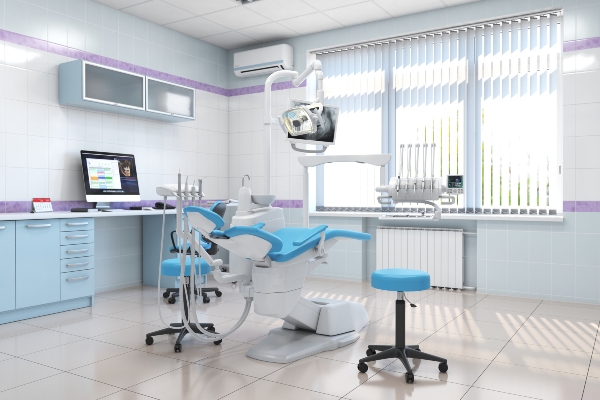, whether by professional intervention or through trauma, needs to be replaced as soon as healing allows. Healing can vary depending on the number of teeth extracted and the extraction type. The same can be said for the replacement options. The type the dentist introduces will depend on the number of teeth needing replacement, the patient's oral state, and the level of care they take with their appliances.
The importance of replacement after a tooth extraction
Though it may be tempting to prolong replacing a missing tooth after an extraction, do not do it. A single missing tooth can cause the shifting of teeth and the deterioration of the gum and jawbone. Also, depending on the location, it causes problems with speech. Multiple missing teeth can also cause these problems and make it difficult to break down food properly. In some cases, patients may spend extra time cutting their food down to safe sizes or cutting their favorite foods out altogether. Fortunately, there are multiple tooth replacement options available— removable and fixed.
Removable tooth replacement options
The dentist will recommend a removable appliance after a tooth extraction to preserve space. Preserving the space will prevent the shifting of teeth. It will also offer a natural-appearing smile and restore function. They will consider the following removable options: complete or partial dentures.
Complete dentures are for those missing all their teeth. These custom-made appliances may consist of acrylic, metal, porcelain, or a mixture of all materials. Their design simulates a natural, complete smile with pink gums and white teeth. Patients will need to remove the appliances daily or nightly for cleaning. They will snugly bond to the gums with a special agent that patients can purchase, where standard oral care products are sold along with special cleaning supplies.
Partial dentures are for those missing a single tooth or a few in sporadic locations. Their design differs from complete dentures, with metal claps attached to the back of the false tooth and latching onto the teeth adjacent to the gap. They can also have an acrylic platform that sits on top of the roof of the mouth with false teeth attached to it, snugly fitting in the space of the gap. It is worth noting that the latter is less durable and only used for temporary use. Like with complete dentures, patients will purchase appropriate cleaning supplies where standard oral care products are offered.
Fixed tooth replacement options
After a tooth extraction, the dentist will highly recommend fixed or permanent tooth replacement options. This is mainly due to their ability to prevent deterioration and teeth shifting. They are also easier for the patient to care for. The dentist will recommend dental implants, which are titanium posts surgically implanted into the jawbone and need to have a restorative attached, namely dentures, bridges, or a crown.
A dental bridge can be a stand-alone replacement and does not require a dental implant. It uses two crowns on either side of a false tooth that the dentist will fix to the patient's two teeth adjacent to the gap. This way, the false tooth can span the gap, restoring the look and function of their smile.
Restore your smile
Tooth extractions are sometimes necessary to preserve the rest of one's oral health and are just as important as replacing a missing tooth. We offer tooth extraction and replacement services. Contact our Peoria office today to schedule an appointment.
or call Nice Nice Dental at 623-777-4227 for an appointment in our Peoria office.
Related Posts
Tooth extractions are common dental procedures performed by general dentists. They can be a result of decay, disease, or a fracture. While the dentist may introduce it to preserve oral health, it is important to know what to expect during and after the operation.There are two types of tooth extractions, namely simple and surgical. Most…
A tooth extraction is one of the most common dental procedures and also one of the most anxiety-producing. However, a dentist would not recommend this treatment if it were not necessary to protect your oral health. So, if you are nervous about an upcoming tooth extraction, understanding its reasons will help.A dentist will usually try…
Tooth extraction is a common dental procedure where a dentist removes a tooth from its socket in the jawbone. While it may seem intimidating, these procedures are often necessary to maintain oral health and prevent further complications. Here are the two types of tooth extractions that dentists use to improve your smile and overall health.Simple…



